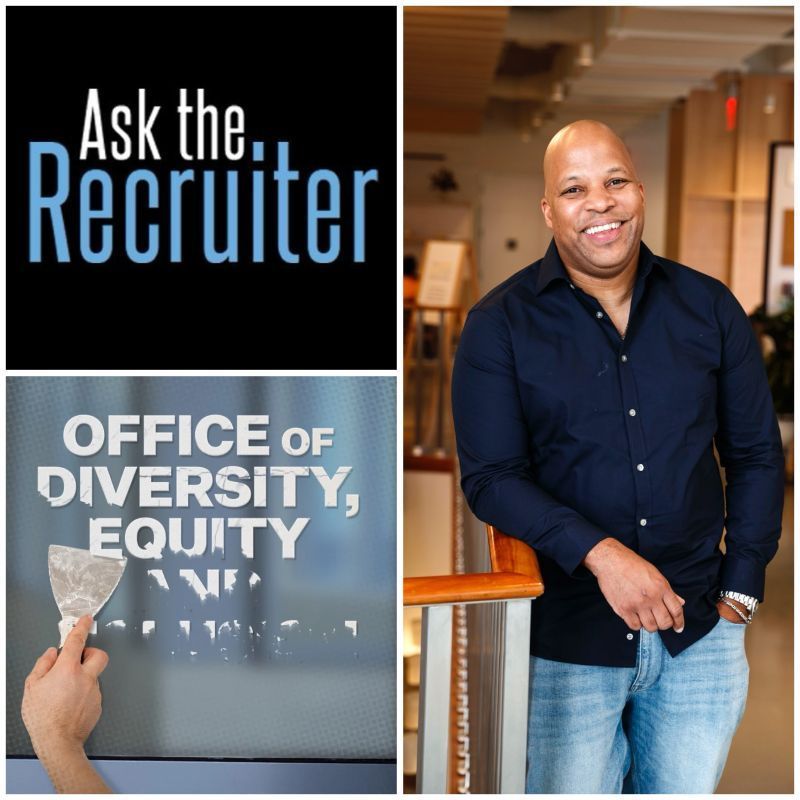5 Hacks to Master the Online Job Application

By Kenneth L. Johnson
Are you completely fed up with the online application process? Does it feel like you're submitting your resume into a bottomless pit? This article will show you how to get your resume to stand up & fight to the finish with a few minor adjustments.
Although they serve as a great tool for recruiters and companies to manage the steady stream of applicants, applicant tracking systems appear to have a few flaws that can prove catastrophic for the job seeker. Research suggest that if a job seeker's resume isn't formatted the right way and doesn't contain the right keywords and phrases, the applicant tracking system will misread it and rank it as a bad match with the job opening, regardless of the candidate's qualifications. According to a study conducted by candidate optimization service provider Preptel, some applicant tracking systems can disqualify as many as 75 percent of all candidates applying for a particular position.
I recently sat in on a presentation provided by East Coast Executives and the Urban League of Philadelphia where “TALEO Super User”, Daniel Schroter presented the Do’s and Don’ts of the online application to a select group of participants from the newly created Urban League Career Alliance Group. Mr. Schroter provided participants with insider knowledge on how these applicant tracking systems (ATS) and talent management systems (TMS) work and offered a few best practices that job seekers need to utilize to increase the chances of their resume rising to the top.
So what do you need to do to make sure your resume is one of the few that survive the ATS & TMS gauntlet?
1. Never send your resume as a PDF: Due to applicant tracking systems lacking a standard way to structure PDF documents, they're easily misread, says Schroter.
2. Don't start your work experience with dates: To ensure applicant tracking systems read and import your work experience properly, always start it with your employer's name, followed by your title, followed by the dates you held that title. (Each can run on its own line). Applicant tracking systems look for company names first. Never start your work experience with the dates you held certain positions.
3. Don't include tables or graphics: Applicant tracking systems can't read graphics, and they misread tables, says Schroter
4. Call your work experience, "Work Experience": Sometimes job seekers refer to their work experience on their resume as their "Professional Experience" or "Career Achievements" (or some other variation on that theme). Often the ATS & TMS will completely skip over your work experience because you didn't label it as such. This is the equivalent of not applying at all.
5. Feel free to submit a longer resume: The length of your resume doesn't matter to an applicant tracking system, says Schroter. It will scan your resume regardless of the number of pages. Submitting a longer resume that allows you to pack in more relevant experience and keywords and phrases could increase your chances of ranking higher in the system.















